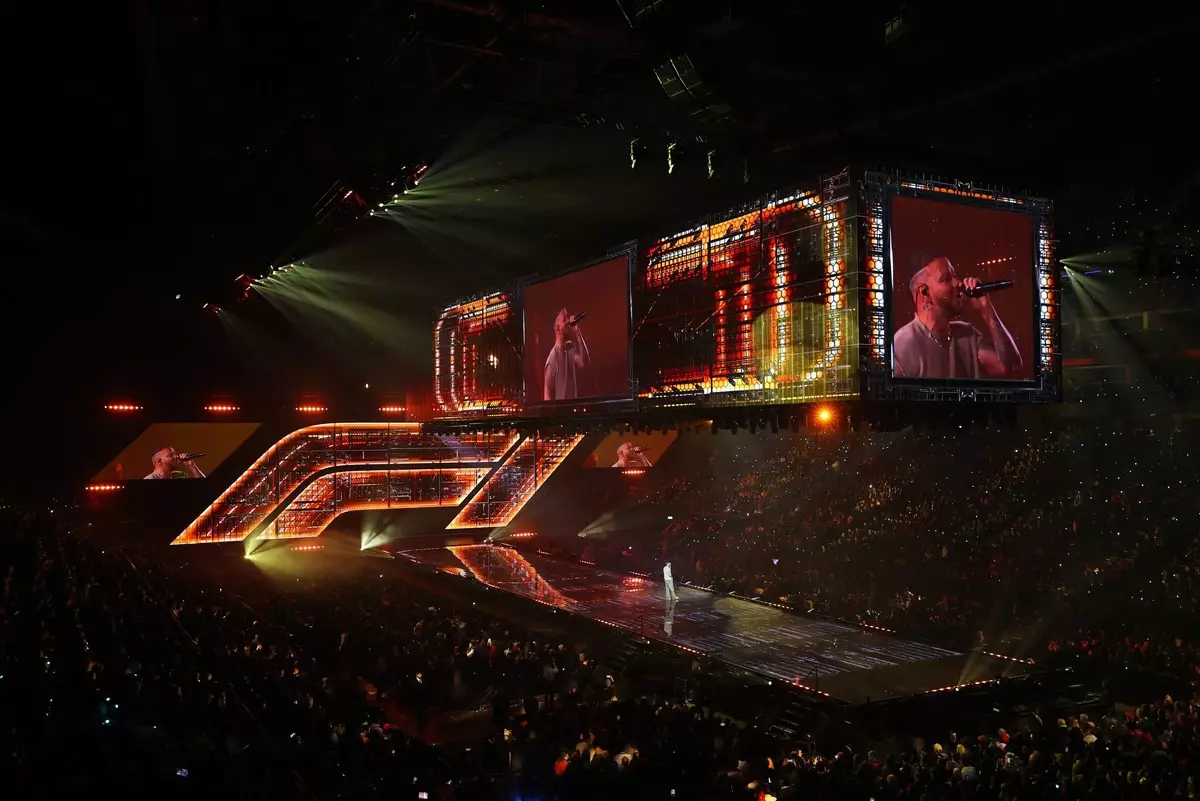When the fans streamed out of the O2 Arena in London after the recent F175 event, their elation was palpable. The Formula 1 spectacle had successfully drawn in a diverse crowd, many of whom were first-time attendees. This occasion served as more than just a show; it became a bridge connecting the world of motorsport with a fresh audience eager to engage with something new. The excitement of seeing drivers and experiencing the buzz of F1 in a vibrant city environment has undoubtedly sparked interest among attendees, some of whom are now contemplating their first visit to a live grand prix.
However, despite the warm reception and evident enthusiasm, the Formula 1 leadership has yet to lay down plans for future similar events. This somewhat ironic twist points to a deeper issue within F1: a tendency to overlook beneficial opportunities for growth and fan engagement. Critics may point to logistical challenges and added production costs as reasons to draw back, but the sheer joy felt by fans suggests a missed chance for cultivating lasting interest in the sport.
The absence of plans to celebrate key milestones, like Formula 1’s 75th anniversary during the upcoming British Grand Prix at Silverstone, is a cause for concern. While MotoGP has set a precedent by celebrating its own anniversary with retro liveries to great fanfare, F1 appears to be moving in an entirely different direction. This oversight becomes even more frustrating when one considers how successful such efforts can be in generating enthusiasm and media attention; after all, the visual appeal of nostalgia has a magnetic quality in sports.
Certainly, there are valid concerns related to budget constraints and operational hurdles when hosting large-scale events. Nonetheless, the feedback from the ground during F175 has highlighted that the event was, in essence, a resounding success. While tangible returns on investment may take time to materialize, the potential of this initial event to be transformed into a repeatable model for fan engagement is undeniable.
Looking ahead to 2026, looming regulatory changes are set to transform the landscape of Formula 1. The revision of both chassis and power units demands strategic acumen from the teams, making it a critical juncture for the sport. But rather than seeing these changes as obstacles, there is an opportunity for F1 to rethink its approach to fan engagement. If F175 taught us anything, it’s that F1 can successfully reach new audiences and invigorate its fanbase—now is the time to capitalize on that momentum.
Cities like Madrid, brimming with racing enthusiasm and gearing up to host the Spanish Grand Prix, could be ideal candidates for future events. The unique cultural setting would further enrich the F1 experience. Similarly, the United States remains ripe for deeper engagement, especially with Liberty Media keenly focusing on this lucrative market since its acquisition of F1. It’s about creating experiences that resonate with local audiences while simultaneously expanding the brand’s global footprint.
The crux of F1’s dilemma lies in the duality of purpose for events: should they serve purely as marketing opportunities or engage fans primarily? Countries like Rwanda have already expressed interest in hosting a grand prix, reflecting the sport’s potential to sway into new territories, while the Middle East continues to invest heavily in F1, chasing international prestige. However, overly commercialized events could alienate fans rather than capture their interest.
The pathway forward requires a reimagining of how events like F175 can serve both the goal of increasing revenue and the mission of fan-centered engagement. As Formula 1 evolves, it’s vital to keep fans at the core of planning and execution. Only then can the sport create a sustainable model that excites and retains the burgeoning fanbase.
The excitement generated by F175 must not be an isolated incident; rather, it should inspire a renewed commitment to connecting with fans. The opportunity to integrate unique events into the traditional racing calendar should not be ignored. Taking cues from MotoGP’s successful anniversary celebration, Formula 1 can forge a vibrant future, integrating nostalgia alongside cutting-edge innovations. The convergence of these elements could pave the way for an entirely new chapter in F1’s storied history, ensuring the fans remain firmly in the driver’s seat.

